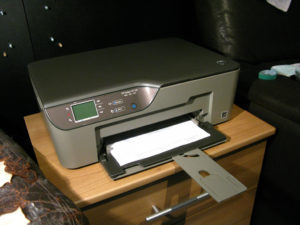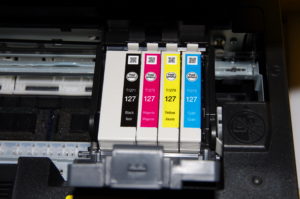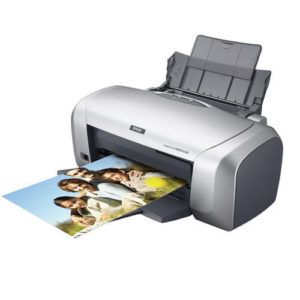The printer, the trouble child of any office set up. Hardly a day goes by where your work isn’t interrupted by this machine’s bellows and shrieks of varying volume and intensity. Couple that with error messages that might as well be written in long forgotten text and you have a machine ready to take flight out of your office window. Before you give in to those instincts, know that there’s a better way!
Most printer malfunctions can be traced back to a few common sources. Knowing the troubleshooting procedure and solutions to these common breakdowns can make the difference between a repaired printer and one broken over your knee. Read on for a few tips and save yourself from some unneeded headaches!
 Paper Jams
Paper Jams
Easily the first diagnosis many will make when inspecting a broken printer, paper jams are an all too common occurrence it would do you well to repair for. Fortunately, your printer will do a pretty good job of letting you know when a paper jam has occurred and the fix itself is relatively simple.
According to your particular model’s instructions, remove the paper tray or open up the back module and inspect your machine’s interior. More often than not, the source of the jam will be immediately visible and easily removed. If you notice that the misplaced paper is caught between rollers, it’s important to remove them with a steady hand being careful not to rip or tear the piece into smaller shreds. Afterwards, make sure the paper is properly aligned and reset the tray.
 Quickly Drained Ink
Quickly Drained Ink
Ink is no cheap commodity and frustration is all too natural if you feel like your cartridge is running low well before it should. It’s important to always take your printer’s low ink warnings with a grain or two of salt. Often times, you’ll find that “low ink” means you still have quite a few prints left. If, however, your ink is actually being depleted, check your printer settings to see if a more optimized set up is possible.
Check your drivers for any toner consumption reducers. Printing in draft mode can save you a considerable amount of ink at the cost of a bit of clarity.
 Poor Quality Pictures
Poor Quality Pictures
If you’re looking to print high quality photos, you might be discouraged to see so much ink going towards a poor print. Always make sure you’re using the right kind of paper for your photos. There are a number of different brands you can go for, but we recommend using your printer manufacturer’s own brand.
Also give your printer drivers another quick check to ensure they are set to work with your new photo paper. Photos printed on even the finest paper will still be lacking if your drivers are not optimized!
Conclusion
Put down the hammer and know that, regardless of the problems your printer is facing, a solution is never too far off. Keep these few tips in mind and always keep your printer in tip top shape. Just try not to get overwhelmed when everyone else in the house or office starts coming to you for printer fixes!
Leave a Reply